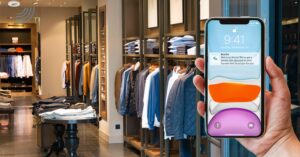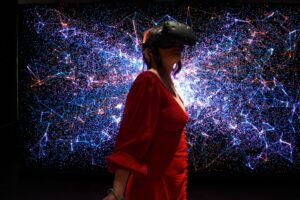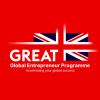The increase of mobile devices has changed the world as we know it, as businesses have needed to adapt and become more mobile-friendly. Beacon technology could have a similar impact in the travel industry and beyond.
Evan Schwartz, CEO of ActionX, a mobile app and cross-screen retargeting company, certainly sees the potential in the technology. The technology has been gaining steam in the last few years, Schwartz said, but it’s about to “explode” in 2015.
The draw of beacon technology to businesses is simple. You aren’t communicating with consumers across a TV screen, where they could be miles away from your business. You are communicating with them at the selling location itself. Retailers have begun to introduce the technology to the public, and it’s starting to make its way into the travel industry, with hotels, airports and airlines beginning to use it.
Miami International Airport, for example, recently launched a new app that uses beacons to help consumers find the correct gate for departure while sending them notifications on their mobile devices for restaurant and retail deals while they’re traveling through the airport.
Marriott International now features beacon technology at 14 of its properties in the United States since unveiling the technology in July 2014. The LocalPerks initiative is available exclusively to Marriott Rewards members, making Marriott Rewards the first major hotel loyalty program to offer geo-targeted, mobile offers during a guest’s stay.
Virgin Atlantic ran a trial in May 2014 for Upper Class passengers at London Heathrow Airport using Apple’s iBeacon technology. Upper Class passengers had the opportunity to receive special partner offers as they passed through the airport, such as 0 percent commission at a MoneyCorp currency exchange booth. At the time, Reuben Arnold, brand and customer engagement director for Virgin Atlantic, said the airline had only “skimmed the surface” of the technology, exploring the ability to notify customers of open appointments at the Clubhouse spa or introduce crew members as they board their flight.
Beacon technology makes a lot of sense because it almost works like a business owner standing outside and inviting customers in: it’s directly targeting customers at the point of sale. In fact, Schwartz told TravelPulse back in October that the clients ActionX works with are no longer content with a boost in app downloads—they want to see a clear indication of a boost in revenue. In that sense, beacon technology is naturally a new way of doing just that.
Sarah Bradley, director of Marriott Rewards Digital Strategy and leader of the LocalPerks initiative, told TravelPulse in December: “Installing beacons is a relatively simple process, but the strategy behind their placement and how to trigger the messages is more complex then we had expected,” Bradley said at the time. “The number of outlets, the layout of the hotel and the type of business the hotel drives all impact the placement and message strategy. We have learned quickly, however, and our core team has done a fantastic job of creating a unique experience.”
Similar to personalized online marketing these days, advertisers using beacon technology don’t want to bombard consumers with offers, Schwartz noted. They are targeting them for a reason: It could genuinely be of interest to the consumer. And as travelers move across this wondrous world, beacon technology is only a natural fit for the travel industry.






